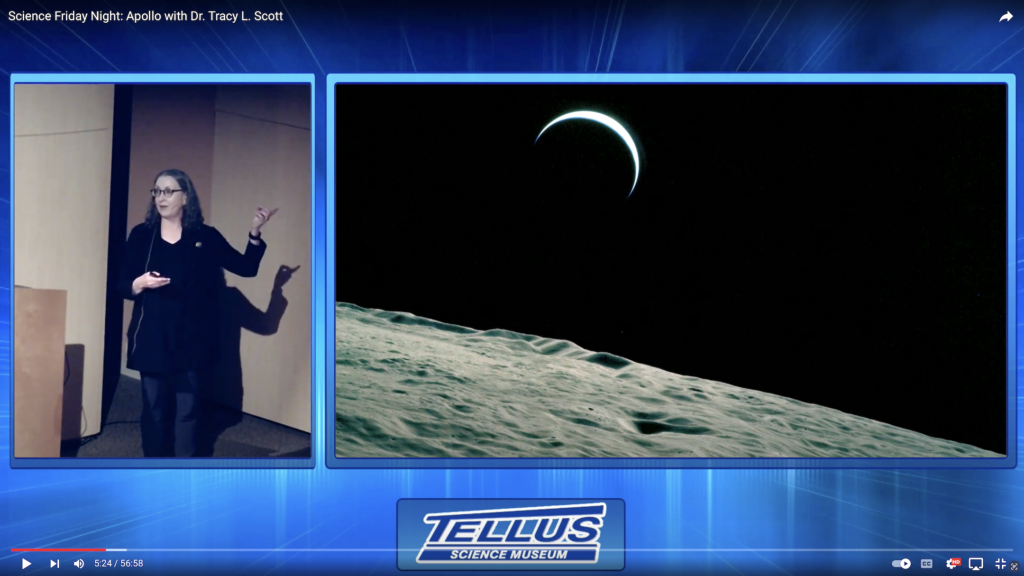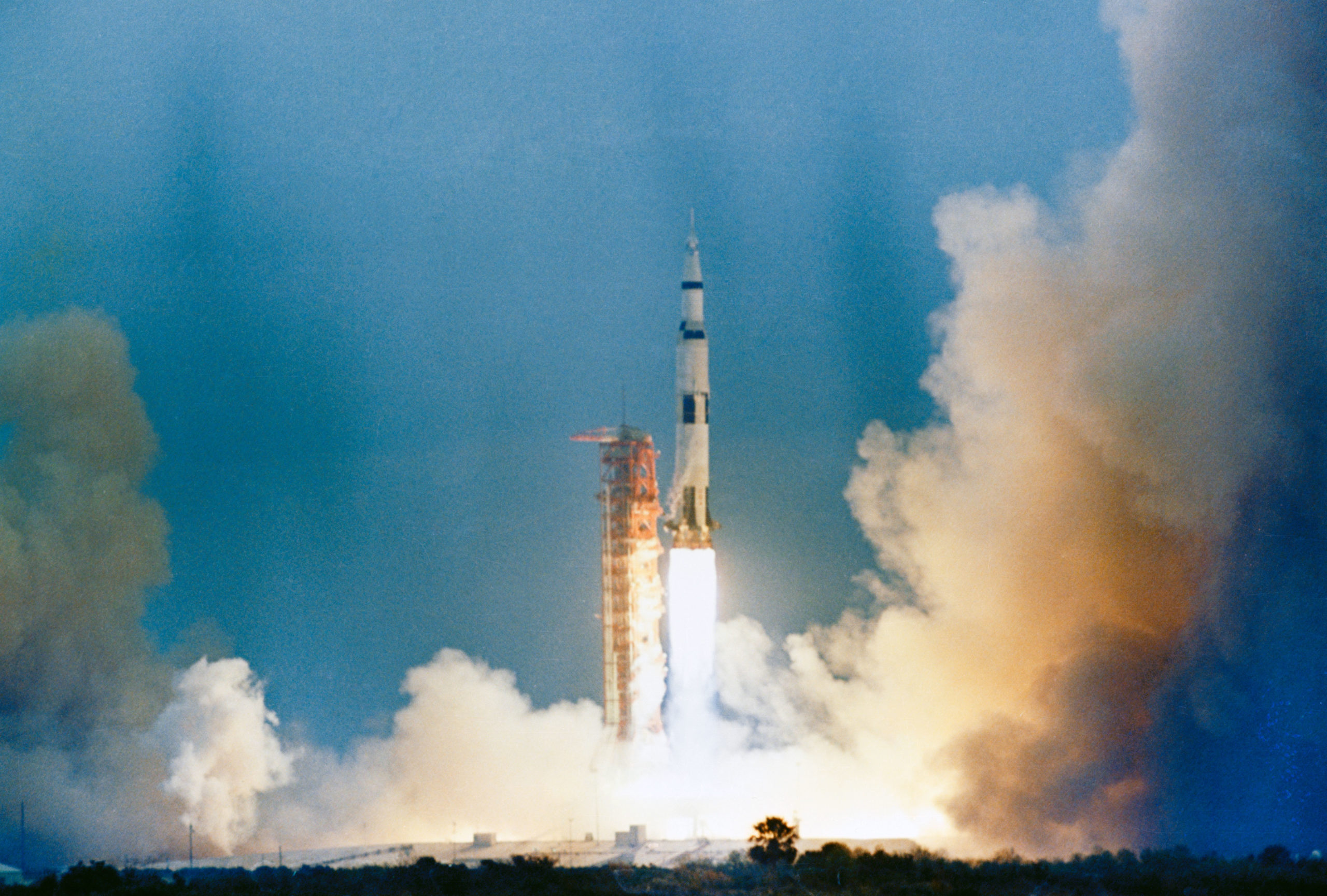UPDATED August 11 , 2024.
After a year and a half of research, my Moonshot Astronaut Families project has taken on a sharper focus: the story of one cohort of astronaut families, particularly the wives, of NASA Astronaut Group 3, and a longer time frame (so much data and still more to gather). Below is an updated project overview. I’ll post more about the themes and process as I go along. (For my original overview, see: https://tracylscott.org/2022/11/04/moon-bound-in-the-60s/)
Moonshot Astronaut Families: Introduction
“I believe that this nation should commit itself to achieving the goal, before this decade is out, of landing a man on the moon and returning him safely to the earth.”
President John F. Kennedy. “Special Message to the Congress on Urgent National Needs.”
Delivered before a joint session of Congress May 25, 1961.
By 1969, Kennedy’s goal was met. By 1972, 12 humans had walked on the moon and 24 humans had orbited the Moon. Yet, no human has been beyond Earth’s orbit since then. The Apollo missions were extraordinary scientific achievements; and they were also historical events rooted in time and place, rooted in community. The extraordinary accomplishments required hundreds of thousands of workers; they also required the support and “work” of the families, especially the wives back home. At the beginning of the space age, the birth of “astronauts” and “NASA” happened in a particular social world of family and community that shaped these emerging realities and enabled the successes of the Space Race.

Moonshot Astronaut Families: The Research Project

My aim, with this research project, is to shed light on the shared history, the group stories, and the insider realities of astronaut families during the Moonshot era (1961-1972). I use the story of one cohort (initially) to exemplify the major themes I’m uncovering. Using oral history interviews and archival data* I explore the realities of work, home, and community life for the astronaut families, while often contrasting reality to media portrayals of “the Astronaut,” “the Astronaut Wife” and the “Astronaut Family” during this Moonshot era.
I focus on the cohort of NASA Astronaut Group 3 (1963) because my father was part of this group, and because this was the last group chosen before John F. Kennedy’s death. Moreover, Astronaut Groups 2 and 3 were the astronauts selected specifically to realize JFK’s goal of “landing a man on the moon by the end of the decade.” These cohorts (along with Group 1) were integral to establishing the unique work-family dynamics of the new astronaut occupation, and the new neighborhood communities that surrounded the NASA Johnson Space Center (then the Manned Space Center) in Houston.

*My research methods intentionally focus on primary sources to get closer to the actual events and people in their own time. History is often about interpretation. I want to use sources that are as close to the original events as possible. Primary evidence/data include archival primary sources (Anne Lurton Scott and David R. Scott Papers at Emory’s Rose MARBL; LIFE reporter Dora Jane Hamblin’s Papers at the University of Iowa; Tom Wolfe’s Papers at the New York Public Library) and oral history interviews with early astronaut family members.
Many, many books and articles and websites have documented and are devoted to the science and the missions of the Moonshot era. Far fewer have explored the social realities and the group stories of the early astronaut groups, particularly the wives and families. My research is a (long) journey into these other aspects of the Moonshot era.
Documentary Recommendation: Apollo Wives (BBC)
In the meantime, as a preview, this BBC documentary offers the best initial look into the realities and common narratives among the early Astronaut wives. Apollo Wives
(Director: Andrew Tait. Executive Producer: Ludo Graham. BBC Four: 2009.)

Project Background
For more on my motivations and inspiration for this project, see:
Moonshot Astronaut Families: Preface: https://tracylscott.org/2022/11/04/moon-bound-in-the-60s/
Lurton Scott: Moonshot Era: https://tracylscott.org/2023/09/01/lurton-scott-moonshot-era/
And a talk I gave at the wonderful Tellus Science Museum in Cartersville, GA (January 26, 2024).
Tracy L. Scott Talk at Tellus Science Museum: https://youtu.be/5MyGH4mNcJc?si=KPX7caSlPJSXl8fl

Copyright © Tracy L. Scott 2024. All rights reserved.

Tracy, I just watched your Tellus talk and was so proud of you and your work. It was very interesting. I was reminded of that visit to the White House. I was teaching Allison W. at the time. She told me she was going to DC. Jokingly I told her to tell the President to send Air Force One to pick me up so I could go too. Well, when she returned evidently she told him something about me because she brought me a White House matchbook that he signed, “Best Wishes, Ms. Phillips from R. Nixon.”
I am so glad you are doing these interviews. I will be following them as I taught quite a few of y’all.
Suellen, thank you so much for watching and for your kind comments. Your teaching was such an important influence in my life – this means a lot to me! And what a wonderful story about the White House visit! I hadn’t heard this before – I love it! Thank you for sharing. I’ve been fascinated to hear so many stories, such a rich history, with the interviews. Will definitely keep you posted!
Your name comes to me from our former next-door neighbor…a Procter. Growing up a few years in Nassau Bay! I’d love to send you some thoughts and make any little bitty contribution. I might prefer a private email if at all possible Tracy. Dad was with TRW/NASA and we came from California in 1966 to build the MSC.
Kerry, I would love to hear more. I’ll send you an email. Or you may reach me on my Emory email address:
tscott [at] emory [dot] edu